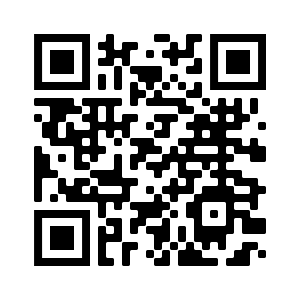Scrawled get-well messages, doodles and friends’ autographs might be common sights on children’s casts following a bone fracture, but what about QR codes?
It turns out that quick response (QR) codes – those ubiquitous boxes with pixelated lines that lead smart phones to web pages – could be an effective way to communicate at-home cast care instructions to patients and families, according to a new study co-authored by a CHOC orthopaedic surgeon.
A QR code that leads to a website spelling out care instructions can be accessed on-demand and supplement details provided by the physician in the clinic, said study co-author Dr. John Schlechter. Use of this technology could help enhance the retention of care instructions, possibly leading to improved outcomes and reducing emergency department visits.

“At CHOC, we know how stressful and scary a child’s injury can be,” Dr. Schlechter said. “In these cases, it can be difficult for parents to retain information and instructions. For parents who are faced with a child who has a broken or fractured bone, simple technology like a QR code can help bring added confidence and peace of mind that they can provide quality follow-up care at home.”
Released as part of the American Academy of Orthopaedic Surgeons’ (AAOS) recent Virtual Education Experience, QR Codes – Alternative Methods for Cast Care Instructions in Children tracked 88 children with fractures who didn’t require surgery and had a family member with a smart phone. A waterproof QR code was secured to the child’s cast, allowing a family member to scan the code with their phone.

Among other factors, researchers monitored cast complications, the number of times the QR code was scanned, treatment satisfaction, and whether the code helped prevent a call to the physician.
Finding that 60 families used the code, researchers also noted:
- The QR code was scanned an average of 1.6 times, though participants believed they scanned it an average of 2.4 times.
- Seventy-four percent of patients were very satisfied with the convenience.
- Ninety percent of the patients found the QR code convenient and useful.
- Thirty-seven participants reported that the information on the website the QR code led them to kept them from needing to contact a physician to ask a question.
- Some reported problems with the QR code, including it not scanning, falling off, being unable to find the code on the cast, and the code not working after the first scan.
- Eleven cast complications – including eight wet casts – were reported among participants.
“Our data shows that the use of a QR code for a non-surgical pediatric fracture has a high level of patient and family success and satisfaction and can reduce the number of phone calls to an attending physician,” Dr. Schlechter said.
Learn more about the CHOC Orthopaedic Institute.




